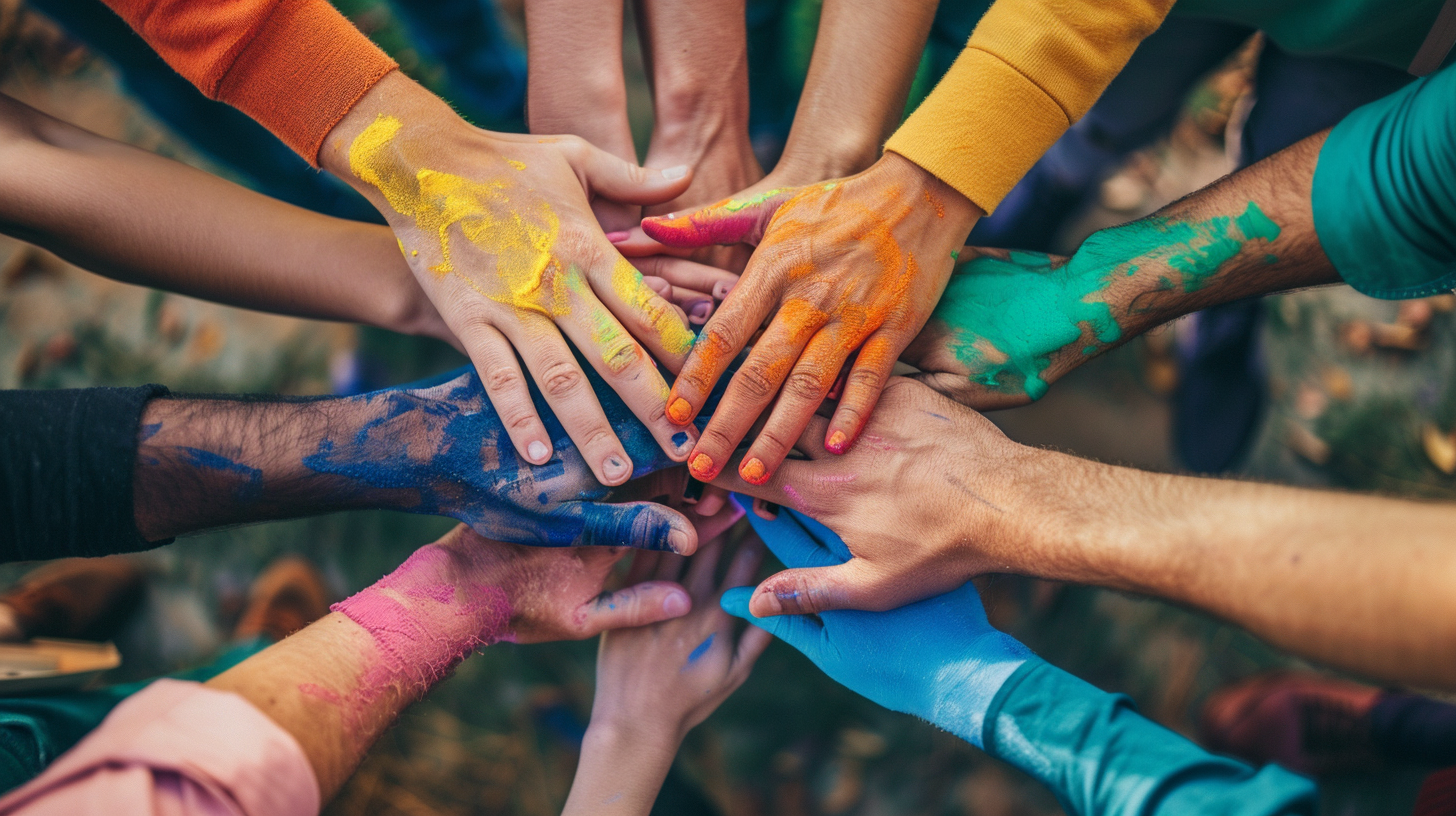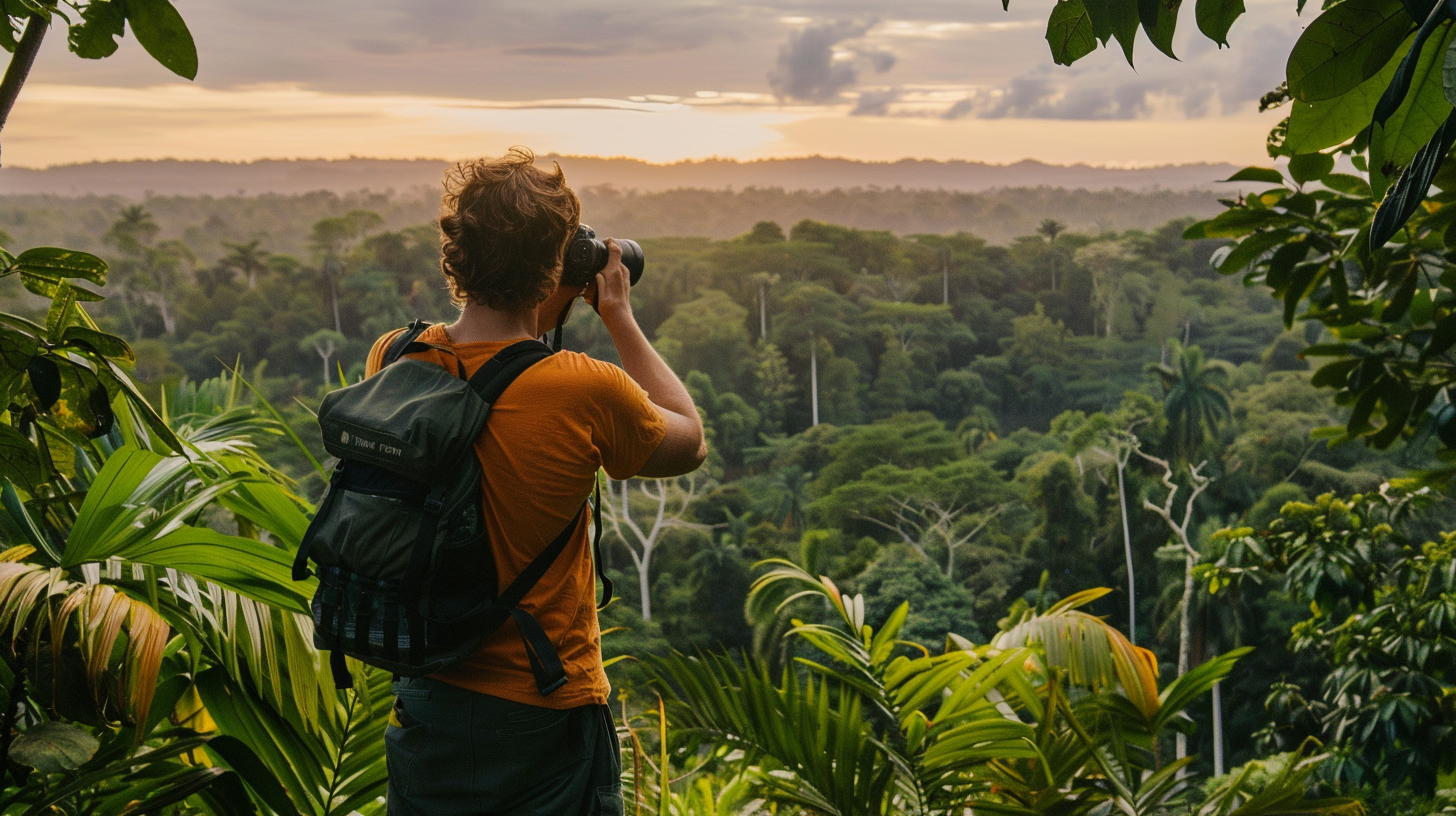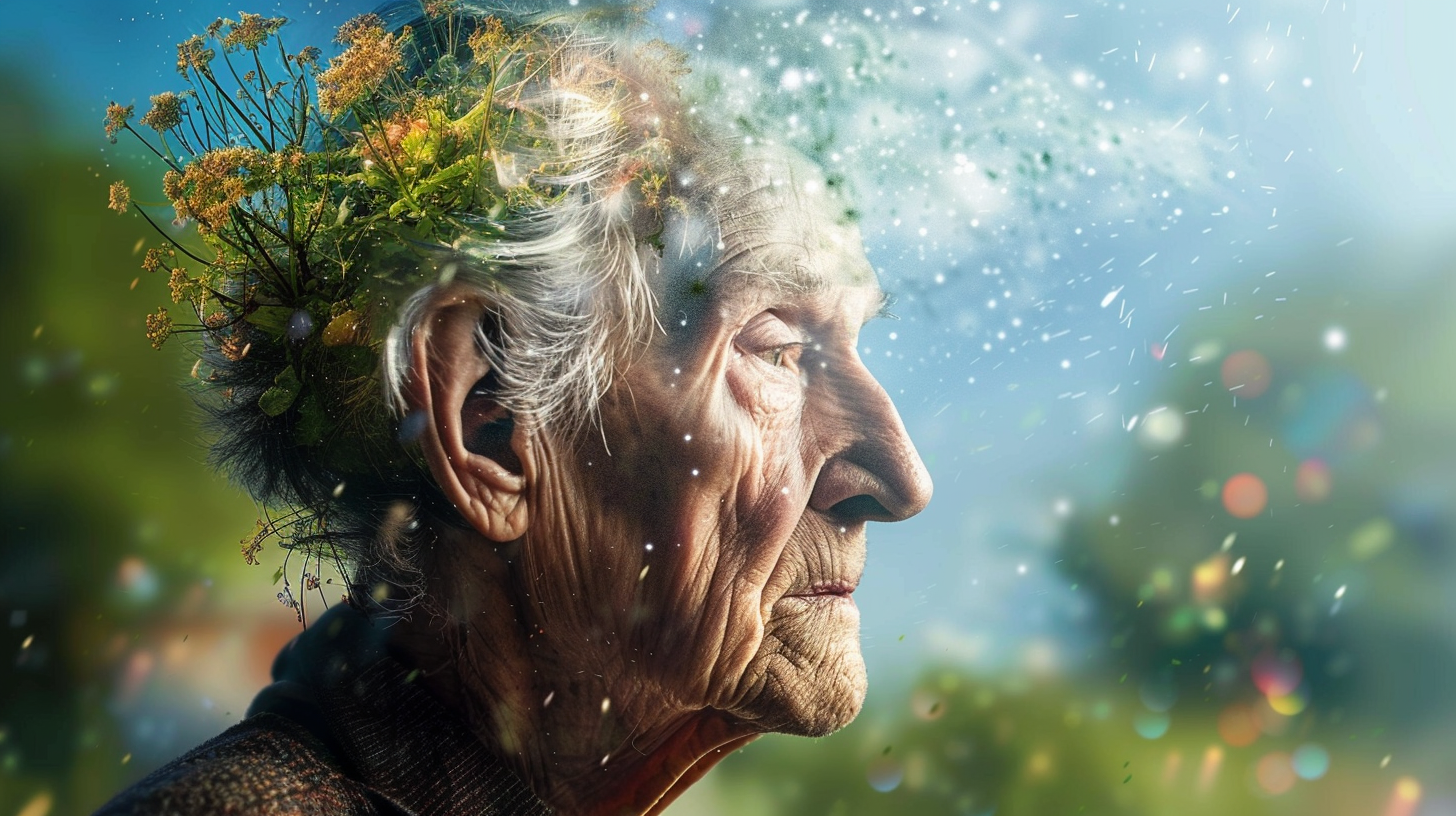Table of Contents Show
In a world where we’re simultaneously more connected and divided than ever, we’ve found that mastering intercultural communication is more than a soft skill—it’s a necessity. We believe that understanding and maneuvering the nuances of cultural norms, language barriers, and non-verbal cues are vital steps toward bridging these divides. By overcoming stereotypes and fostering empathy, we can celebrate the diversity that enriches our global tapestry. Join us as we explore strategies for effective listening and building cohesive global teams, sharing case studies that highlight the transformative power of intercultural dialogue. Let’s uncover how these bridges can lead us to a more united world.
Key Takeaways
- Embracing cultural diversity through curiosity and respect enhances global understanding and empathy.
- Language serves as a fundamental bridge, facilitating connections across diverse cultures through shared expressions and values.
- Non-verbal cues and body language play a critical role in overcoming communication barriers and fostering deeper intercultural connections.
- Utilizing technology and challenging stereotypes are essential strategies for promoting inclusivity and enriching intercultural communication.
Understanding Cultural Norms
To effectively bridge cultural divides, we must first explore understanding the unique norms that define each culture. It’s crucial for us as a community yearning for freedom, to delve into the essence of what makes each culture distinct. This journey isn’t just about acknowledging differences but embracing them with open hearts and minds. We’re not merely tourists in each other’s worlds; we’re learners, ready to absorb and appreciate the rich tapestries that make up our global neighborhood.
Understanding cultural norms isn’t a one-size-fits-all approach. It’s a dynamic, ongoing process that demands our attention and respect. We’ve got to be curious, asking questions and seeking out stories that shed light on the values, beliefs, and practices that shape societies different from our own. This isn’t about erasing our identities but enhancing our understanding of the world. It’s about creating a space where everyone feels seen, heard, and valued.
By recognizing and respecting these cultural norms, we’re taking a significant step towards nurturing a more inclusive, empathetic, and liberated world. It’s about breaking down barriers, not just physically but mentally and emotionally. We’re building bridges that connect us in our shared humanity, despite the diverse paths we’ve walked.
Let’s commit to this exploration with open minds and hearts. It’s through this understanding that we’ll find the common ground necessary for genuine communication and lasting bonds. Together, we can forge a future where freedom and respect are the cornerstones of our intercultural connections.
The Role of Language
Language serves as a pivotal bridge in our quest to understand and connect across cultural divides. It’s not just about translating words; it’s about conveying thoughts, traditions, and values that shape societies. We’re passionate about harnessing this power to foster deeper, more meaningful connections.
Through language, we don’t just exchange information; we share our dreams, our fears, and our stories. This exchange is the cornerstone of building a world where understanding thrives over ignorance. It’s about recognizing that every language holds the key to a unique worldview, offering insights that can enrich our collective human experience.
However, the journey to effective intercultural communication isn’t without its challenges. Language barriers can lead to misunderstandings, but we view these obstacles as opportunities to grow and learn. By embracing the diversity of languages, we step closer to a world where freedom and respect for all cultures reign supreme.
| Aspect | Importance | Example |
|---|---|---|
| Vocabulary | Foundation of communication | Greetings |
| Context | Shapes meaning beyond words | Formal vs. Informal |
| Listening Skills | Essential for understanding nuances | Tone of voice |
| Patience and Open-mindedness | Key to overcoming barriers | Asking for clarification |
Embracing the role of language in intercultural communication empowers us to build bridges of understanding. It’s a journey we’re committed to, recognizing that each step taken is a step towards a more connected and liberated world.
Non-Verbal Communication Cues
We’ve explored how language plays a vital role in intercultural communication, but it’s equally important to understand the non-verbal cues. Body language interpretation and cultural gesture variations can greatly affect how messages are received across different cultures. Let’s examine how these cues can bridge or widen the gap in our intercultural interactions.
Body Language Interpretation
Understanding body language plays a critical role in moving through the complex world of intercultural communication. We’re exploring diverse landscapes, where a nod or a smile carries different weights. It’s about freedom—freedom to express, connect, and understand beyond words. Our gestures, the way we stand, or even our eye contact speak volumes before we even utter a word. Here’s a snapshot of what we’re discussing:
| Gesture | Possible Interpretation |
|---|---|
| Nodding | Agreement or Acknowledgment |
| Crossing Arms | Defensiveness or Comfort |
| Eye Contact | Confidence or Challenge |
| Leaning In | Interest or Intrusion |
| Smiling | Warmth or Politeness |
These cues are our silent dialogues, paving the way for deeper connections. It’s our passport to exploring the rich tapestry of human interaction, letting us embrace the freedom of understanding without barriers.
Cultural Gesture Variations
Now, let’s explore how gestures vary across cultures, shedding light on the nuanced ways non-verbal cues communicate beyond borders. Understanding these differences isn’t just about avoiding misunderstandings; it’s about embracing the freedom that comes with knowledge. Here’s a quick look at how gestures can mean different things around the globe:
- Nodding: In most places, it means yes, but in Bulgaria, it means no.
- Thumbs-up: While often a positive sign, it can be offensive in parts of the Middle East.
- The "OK" sign: Signifies agreement in the USA, but it’s rude in Brazil.
- Handshakes: Standard in the West, but not always appropriate in Asia where bowing is preferred.
- Eye contact: A sign of confidence in many cultures, but considered disrespectful in others.
Overcoming Stereotypes
We’re now turning our focus to overcoming stereotypes, a critical step in fostering effective intercultural communication. First, we’ll identify common stereotypes that often hinder our understanding and connections with others. Then, we’ll explore strategies for challenging these stereotypical views, paving the way for more authentic interactions.
Identifying Common Stereotypes
Identifying common stereotypes is a crucial step in bridging cultural divides and fostering mutual respect. We’ve all encountered stereotypes, those oversimplified ideas about groups of people that are often spread without malice but still have the power to harm. Recognizing these can help us avoid perpetuating them and work towards a more understanding world. Here are some examples:
- All teenagers are reckless.
- Women are not as good at STEM fields as men.
- People from certain countries are inherently better at specific sports.
- Older individuals can’t understand or use modern technology.
- Artists are disorganized and impractical.
Challenging Stereotypical Views
Overcoming stereotypes requires us to challenge our preconceptions and embrace the complexity of individual identities. We’ve all encountered stereotypes, those oversimplified ideas we hold about groups of people. They’re not just harmful; they’re barriers to understanding and freedom. To dismantle these barriers, we must start by recognizing our own biases. It’s not easy, but it’s necessary for growth.
We can’t afford to view the world through a narrow lens; it’s both unjust and impractical. Engaging with diverse cultures and perspectives enriches our lives, offering us a fuller, more accurate picture of humanity. Let’s commit to questioning the stereotypes we’ve been taught, fostering open dialogue, and promoting empathy. It’s through these actions that we’ll build bridges, not walls, and move closer to a world where freedom and understanding reign.
Empathy in Dialogue
Empathy serves as a bridge in dialogue, allowing us to connect deeply with others’ perspectives and emotions. In our quest for effective intercultural communication, we’ve discovered that empathy isn’t just a nice-to-have; it’s essential. It’s the key to revealing real understanding and fostering connections that go beyond the superficial. We’re not just talking about hearing each other out; we’re talking about truly listening, feeling with the person, and understanding their viewpoint, even if it’s worlds apart from our own.
To make empathy work in dialogue, we’ve identified several strategies:
- Active listening: We’re committed to genuinely hearing what the other person is saying, without immediately planning our response.
- Asking open-ended questions: This encourages a deeper exploration of thoughts and feelings.
- Acknowledging differences: We recognize and respect that our backgrounds and experiences may differ significantly, and that’s okay.
- Sharing our own vulnerabilities: By opening up, we invite others to do the same, creating a space of mutual trust.
- Seeking common ground: Despite our differences, we aim to find shared values or experiences that can bring us closer.
For those of us who cherish freedom, empathy in dialogue is liberating. It frees us from the confines of our own limited perspectives and opens up a world of understanding and connection. It’s not always easy, but we’re dedicated to making the effort, because we believe that through empathy, we can build bridges that span the widest cultural divides.
The Impact of Technology
We’ve observed that technology profoundly influences intercultural communication. Through platforms like social media, we’re seeing cultures unite and share experiences in ways never before possible. Additionally, innovations in language learning and virtual reality are enhancing our ability to immerse ourselves in new cultural contexts.
Digital Platforms Unite Cultures
In today’s interconnected world, digital platforms have emerged as powerful tools in bridging cultural divides. These platforms aren’t just about sharing photos or videos; they’re gateways to understanding, respect, and unity across diverse cultures. We’re witnessing a remarkable era where technology fosters global connections like never before, offering everyone a seat at the table of global dialogue.
- Social media networks connect individuals from different backgrounds, encouraging exchange and empathy.
- Online forums serve as melting pots of ideas, traditions, and beliefs.
- Virtual reality experiences immerse users in the daily lives of people around the world.
- Cultural exchange apps match users with global peers to share cultural insights.
- Streaming services introduce global audiences to diverse cultural content, broadening perspectives.
We’re breaking down barriers and celebrating our shared humanity, one click at a time.
Online Language Learning Tools
Moving beyond the world of social connections, online language learning tools also play an essential role in bridging cultural gaps through technology. We’ve seen firsthand how these platforms empower us to leap over language barriers, offering freedom to connect, understand, and appreciate cultures far from our own. With just a few clicks, we’re immersed in learning new languages at our own pace, tailored to our personal learning styles and schedules. It’s not just about memorizing words and grammar; it’s about gaining insights into the way others think, live, and express emotions. These tools aren’t just educational; they’re gateways to global citizenship, enabling us to weave a more connected, understanding world. It’s a evidence to technology’s power to unite us across distances.
Virtual Reality Cultural Immersion
As technology advances, virtual reality (VR) offers us an immersive way to experience and understand cultures far beyond our geographical limitations. This powerful tool bridges gaps, creating spaces where we’re free to explore and connect with diverse traditions and lifestyles without leaving our homes. Here are the key ways VR transforms our understanding of global cultures:
- Enhances empathy by placing us in others’ shoes
- Breaks down language barriers through interactive experiences
- Offers authentic cultural experiences, from festivals to daily life
- Encourages cultural preservation by documenting traditions in immersive formats
- Facilitates global education, making learning about the world accessible to everyone
Through VR, we’re not just observers; we’re active participants in a global community, free to discover, learn, and grow together.
Navigating Cultural Conflicts
Handling cultural conflicts requires us to comprehend and respect the diverse perspectives that shape our interactions. It’s about recognizing that our way of seeing the world isn’t the only one, and that freedom comes from understanding and valuing these differences, not from imposing our views on others.
When we encounter a cultural clash, our first step should always be to listen actively. We’re often quick to defend our perspectives, but true progress lies in hearing what the other side has to say. This doesn’t mean we have to agree, but it does mean we’re giving respect where it’s due. We’ve found that this approach opens up a dialogue, a space where both parties can explore their differences without fear of judgment.
Another important strategy is to seek common ground. No matter how different our backgrounds may be, there’s always something that unites us. It could be a shared goal, a mutual respect, or even just the human experience itself. By focusing on these shared aspects, we move through the conflict, finding solutions that respect everyone’s cultural identity.
We also emphasize the importance of empathy. Putting ourselves in the other person’s shoes isn’t just an exercise in kindness; it’s a powerful tool for breaking down barriers. It allows us to see beyond our prejudices and biases, reaching a deeper understanding of the other person’s point of view.
Handling cultural conflicts isn’t easy, but it’s important for building a world where freedom and respect go hand in hand. Through active listening, seeking common ground, and practicing empathy, we can turn these conflicts into opportunities for growth and understanding.
Celebrating Diversity
Embracing diversity enriches our communities by weaving a tapestry of varied cultural threads, each unique yet integral to the whole. We’re not just sharing spaces; we’re sharing perspectives, histories, and dreams. It’s about recognizing that our differences aren’t just to be tolerated but celebrated, as they bring depth and color to our collective experience. We’re stronger, more creative, and certainly more interesting because of this rich mosaic.
Celebrating diversity means actively engaging with and appreciating the myriad ways in which people express their identities. It’s about creating environments where everyone feels seen and valued for who they are, not despite their differences but because of them. This celebration isn’t a passive act; it requires intentionality and a commitment to learning, understanding, and respecting the unique contributions of each community member.
To embody this celebration in our daily lives, we can:
- Foster inclusive spaces where all voices are heard and respected.
- Highlight and support cultural events that educate and enrich our understanding.
- Encourage open dialogues that bridge gaps in understanding and promote empathy.
- Seek out and amplify the stories and achievements of those from diverse backgrounds.
- Challenge stereotypes and confront biases, both within ourselves and in our communities.
Strategies for Effective Listening
Effective listening is a cornerstone of meaningful intercultural communication, enabling us to fully understand and connect with diverse perspectives. It’s not just about hearing words, but about truly comprehending the message behind them. This skill is vital for building bridges between cultures, fostering an environment of respect and freedom.
We’ve learned that to truly embrace and benefit from the richness of diverse cultures, we must hone our listening skills. Here’s a concise guide we’ve found invaluable:
| Technique | How It Helps |
|---|---|
| Active Listening | Shows you’re engaged and values the speaker’s perspective. |
| Open-ended Questions | Encourages a deeper conversation, revealing more about cultural contexts. |
| Empathy | Helps you connect on a human level, understanding emotions beyond words. |
| Non-verbal Cues | Enhances understanding of unspoken cultural nuances. |
| Feedback | Assures the speaker their message is being accurately received and understood. |
Building Global Teams
In today’s interconnected world, building global teams is essential for tapping into the rich diversity of skills and perspectives that drive innovation and success. We’re living in an era where collaboration across borders isn’t just an advantage; it’s a necessity. Crafting a team that spans cultures and time zones can release a level of creativity and problem-solving capability unmatched by more homogenous groups. But it’s not just about gathering people from different parts of the world. It’s about fostering an environment where everyone feels free to contribute their best, where differences are celebrated, and where barriers to communication are actively dismantled.
To achieve this, we’ve learned that several key strategies can make a big difference:
- Embrace and encourage diverse viewpoints to fuel innovation and creativity.
- Implement flexible work arrangements that respect different time zones and work habits.
- Invest in communication tools and technologies that bridge the physical distance between team members.
- Develop a culture of trust and openness, where team members feel safe to express their ideas and concerns.
- Provide training on cultural sensitivity and awareness to minimize misunderstandings and foster mutual respect.
Case Studies of Success
Through real-world examples, we’ve seen how implementing these strategies can lead to remarkable outcomes in global team dynamics. It’s about breaking down barriers and embracing the diversity that each member brings to the table. Let’s delve into some case studies that highlight the power of intercultural communication in action.
| Company | Outcome |
|---|---|
| TechGlobal, Inc. | Improved product development speed by 40% after intercultural training. |
| HealthBridge | Achieved 25% higher patient satisfaction in multicultural clinics. |
| EduWorld | Increased student exchange programs by 60% with better communication. |
| GreenInnovate | Enhanced team creativity, leading to three groundbreaking patents. |
These examples aren’t just numbers; they’re a confirmation to the freedom and possibilities that open up when we comprehend and respect our differences. At TechGlobal, Inc., for example, we’ve seen firsthand how breaking down communication barriers accelerated our project timelines. It wasn’t just about faster work; it was about smarter, more inclusive work that leveraged diverse perspectives to achieve better outcomes.
Similarly, HealthBridge’s focus on understanding cultural sensitivities in healthcare not only improved patient satisfaction but also fostered a more inclusive environment for both staff and patients. This approach didn’t just achieve better health outcomes; it also paved the way for deeper community trust and engagement.
These successes remind us that when we’re open to learning from each other, we release a level of collaboration and innovation that was previously unimaginable. It’s about more than just working together; it’s about building something greater than the sum of our parts.
Conclusion
In our journey through the maze of intercultural communication, we’ve discovered it’s not just about talking louder or using simpler words. Ironically, the secret lies in the silent moments—those awkward pauses where real understanding blooms. We’ve laughed at our own stereotypes, only to find our reflections in the mirror of diversity. By building bridges with words and silences alike, we’re crafting a world where every nod, smile, and gesture paints a thousand words of unity.








